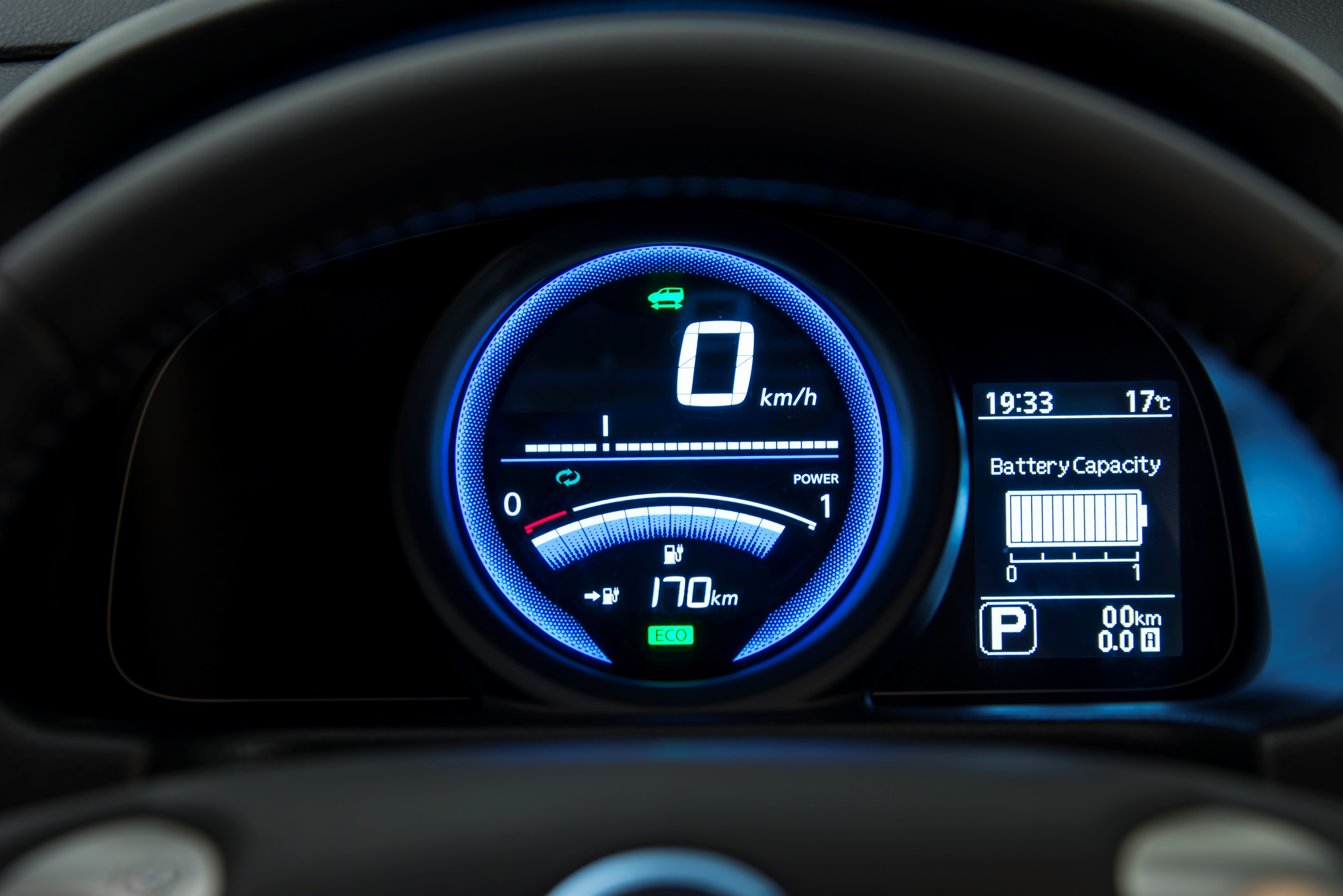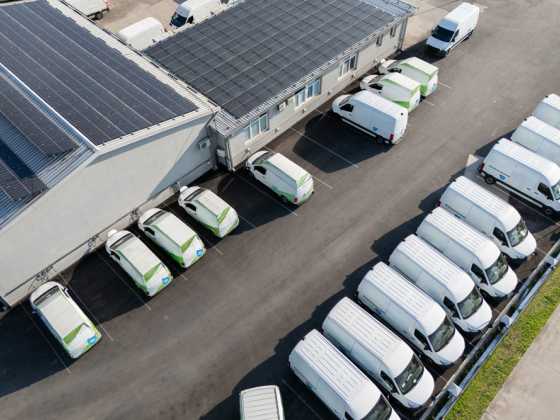What to consider before going electric?

With battery ranges ever increasing and a pledge from the government to improve the charging infrastructure, having electric vehicles on your fleet is a more realistic goal than ever. But there are still things to consider. Emily Stone from the Energy Saving Trust explains
If the idea of saving up to 80 per cent on your company fuel bill sounds like something you could get on board with, then consider switching your fleet to electric. Jump ahead of the game, flaunt your low carbon footprint to clients and avoid road tax, whilst providing your drivers with a smooth and clean day-to-day vehicle experience.
With battery ranges ever increasing, using EVs as your everyday company vehicles is a more realistic goal than ever. The Energy Saving Trust have put together the following guide to meeting your business needs using EVs.
Consider daily driving patterns
When choosing the correct EV, consider your drivers’ daily route patterns. Older model EVs can have ranges from 80 miles, whilst newer models with larger batteries, such as the 2018 40kw Nissan Leaf, can do over 170 miles on a single charge. Also consider locations in which your vehicles are likely to have downtime, for example the driver’s lunch stops or times when the driver is engaged in a non-driving activity. Are these close to public charge points? Will drivers touch base much throughout the day to top up vehicles? Will you even use the entire range in one day?
These factors largely depend on your business type and area of coverage, but if you’re staying in and around the city then perhaps installing slower chargers at your base for overnight charging would be the most sensible method.
Commercial considerations
If you run a fleet of vans, you will also need to consider the maximum payload you will be carrying. Existing models of electric van, due to the mass of the battery, cannot be loaded as heavily as ICE vans. Need you await the arrival of newer LCVs with increased load capacity, or can you get away with carrying smaller loads and midday trip back to the depot to collect the other half of the workload and stop for a quick recharge?
Workplace charging
Concerned about the extra cost of charging infrastructure? You could actually get a grant to cover up to 100 per cent of your workplace charge point, depending on asessment by the Energy Saving Trust.
E-mail electricvehiclesscotland@est.org.uk to request an application form. If you run a fleet of company cars, consider pushing your employees to make the most of the EST domestic chargepoint grant. Up to £300 of grant funding is available per household from Energy Saving Trust, which tops up the £500 available from OLEV. This usually covers the full cost of parts and installation. Making use of home charging and topping up via a growing network of rapid chargers, company vehicle drivers should be able to go about their business relatively unhindered by the constraints of having to charge – particularly if they’re operating in cities. Find available charge points in your area using chargeplacescotland.org, or chargeyourcar.org.uk.
The cost savings
Consider the cost saving. Government grants applied to EVs at point of purchase help ensure the cost of an EV are comparable with that of an internal combustion vehicle, and when you consider the fuel saving over a six-year period the financial benefits of running an EV fleet are clear. Maintenance costs, for one, can be reduced by as much as 70 per cent compared to that of a petrol or diesel vehicle, according to Fleet News.
With electricity costing significantly less than petrol and diesel, you can expect to save around 80 per cent on fuel with an EV. For example, a 2008 VW Golf TDI completing 12,000 miles a year would cost the owner more than £10,100 in fuel and tax over this six-year period. Compare this to an e-Golf, and the driver expects to save £7,625 and – more shockingly – an enormous 18 tonnes of tailpipe Co2 emissions.
The above information was calculated using an Energy Saving Trust Vehicle Comparison Report (VCR), which is a free service available to all customers in Scotland. To obtain a VCR for one or more of your existing vehicles or to request more information on what vehicle type may suit your needs, call the Energy Saving Trust Transport Advice line on 0800 0931 669.
In addition to the fuel savings, purchasing a new ultra-low emission vehicle (ULEV) through EST’s interest-free business loan may also save you money. The loan, which offers businesses in Scotland up to £120,000 (£35,000 per vehicle), interest-free over six years, can be used to purchase any new ULEV. For eligibility criteria and T&Cs, please contact to speak to your local transport advisor on 0800 0931 669. Please note this advice service is only available for businesses either registered within Scotland, or to the branches of a wider business which operate in Scotland.
With an abundance of options for chargepoint and vehicle funding, 2018 provides the perfect time to flip the switch over to electric within your business.
Jumping ahead of the inevitable electric vehicle game that will play out over the next decade and beyond is a sure-fire way to make the most of currently available funding opportunities, and to future-proof your business. Save money, save carbon and set an example to your competitors.






